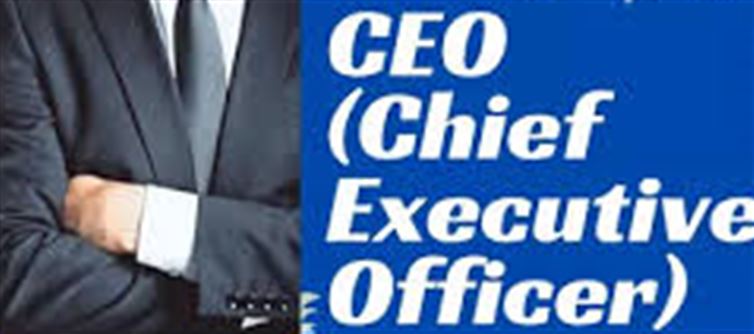
In the corporate world, the term CEO is often heard but not everyone knows its full form and responsibilities. Understanding this role is crucial for anyone interested in business, management, or entrepreneurship.
1. Full Form of CEO
· CEO stands for Chief Executive Officer.
· It is the highest-ranking executive position in an organization or company.
· The CEO is responsible for overall management, strategic planning, and decision-making.
2. Primary Responsibilities of a CEO
· Strategic Planning: CEOs define the company’s vision, mission, and long-term goals.
· Decision Making: They make high-level decisions on investments, expansions, and partnerships.
· Leadership: CEOs guide the management team, ensuring departments work towards common objectives.
· Financial Oversight: They oversee budgets, revenues, and profitability, often working closely with CFOs.
· Stakeholder Communication: CEOs represent the company to investors, shareholders, and the public.
3. Difference Between CEO and Other Executives
· CEO vs. Managing director (MD): In some companies, the CEO focuses on strategic vision, while the MD handles day-to-day operations.
· CEO vs. COO (Chief Operating Officer): The COO manages daily operational activities, while the CEO focuses on overall growth and direction.
· CEO vs. CFO (Chief Financial Officer): The CFO handles financial management, reporting to the CEO.
4. Qualities of a Successful CEO
· Leadership Skills: Ability to motivate teams and lead by example.
· Decision-Making Ability: Quick and effective problem-solving under pressure.
· Visionary Thinking: Anticipating market trends and steering the company forward.
· Communication Skills: Clear communication with employees, investors, and stakeholders.
· Adaptability: Ability to handle changing business environments and challenges.
5. Global and indian Context
· Globally, CEOs like Tim Cook (Apple) and Sundar Pichai (Alphabet/Google) are examples of visionary leadership.
· In India, CEOs of top companies like Mukesh Ambani (Reliance) and Adar Poonawalla (Serum Institute) showcase strategic growth and innovation.
Key Takeaways:
· CEO Full Form: Chief Executive Officer
· Role: Leads the organization, makes strategic decisions, and ensures company growth
· Skills Needed: Leadership, vision, decision-making, communication, adaptability
· Significance: The CEO is the face of the company and responsible for its success
Understanding the CEO role helps aspiring professionals appreciate the skills, responsibilities, and impact required to lead a company at the highest level.
Disclaimer:
The views and opinions expressed in this article are those of the author and do not necessarily reflect the official policy or position of any agency, organization, employer, or company. All information provided is for general informational purposes only. While every effort has been made to ensure accuracy, we make no representations or warranties of any kind, express or implied, about the completeness, reliability, or suitability of the information contained herein. Readers are advised to verify facts and seek professional advice where necessary. Any reliance placed on such information is strictly at the reader’s own risk.
.jpg)




 click and follow Indiaherald WhatsApp channel
click and follow Indiaherald WhatsApp channel